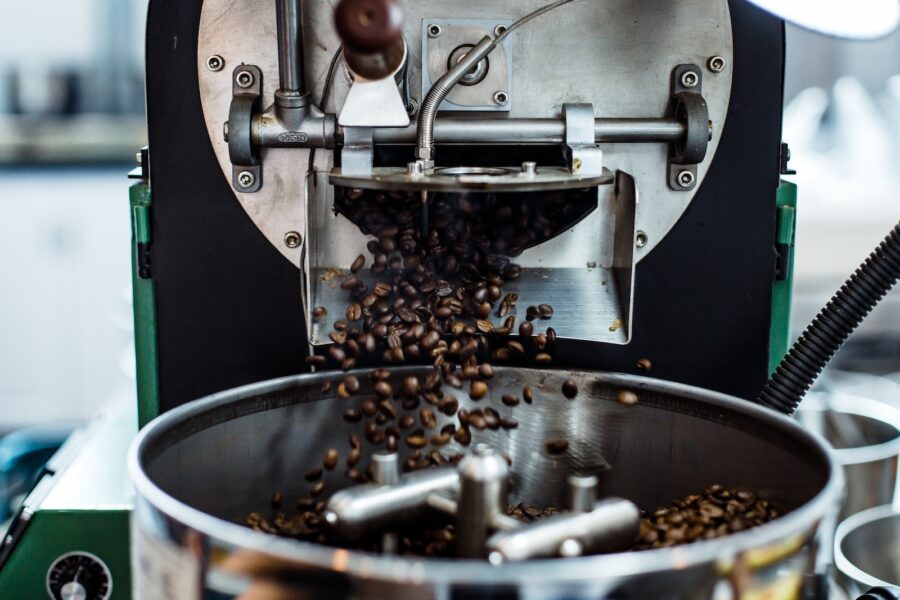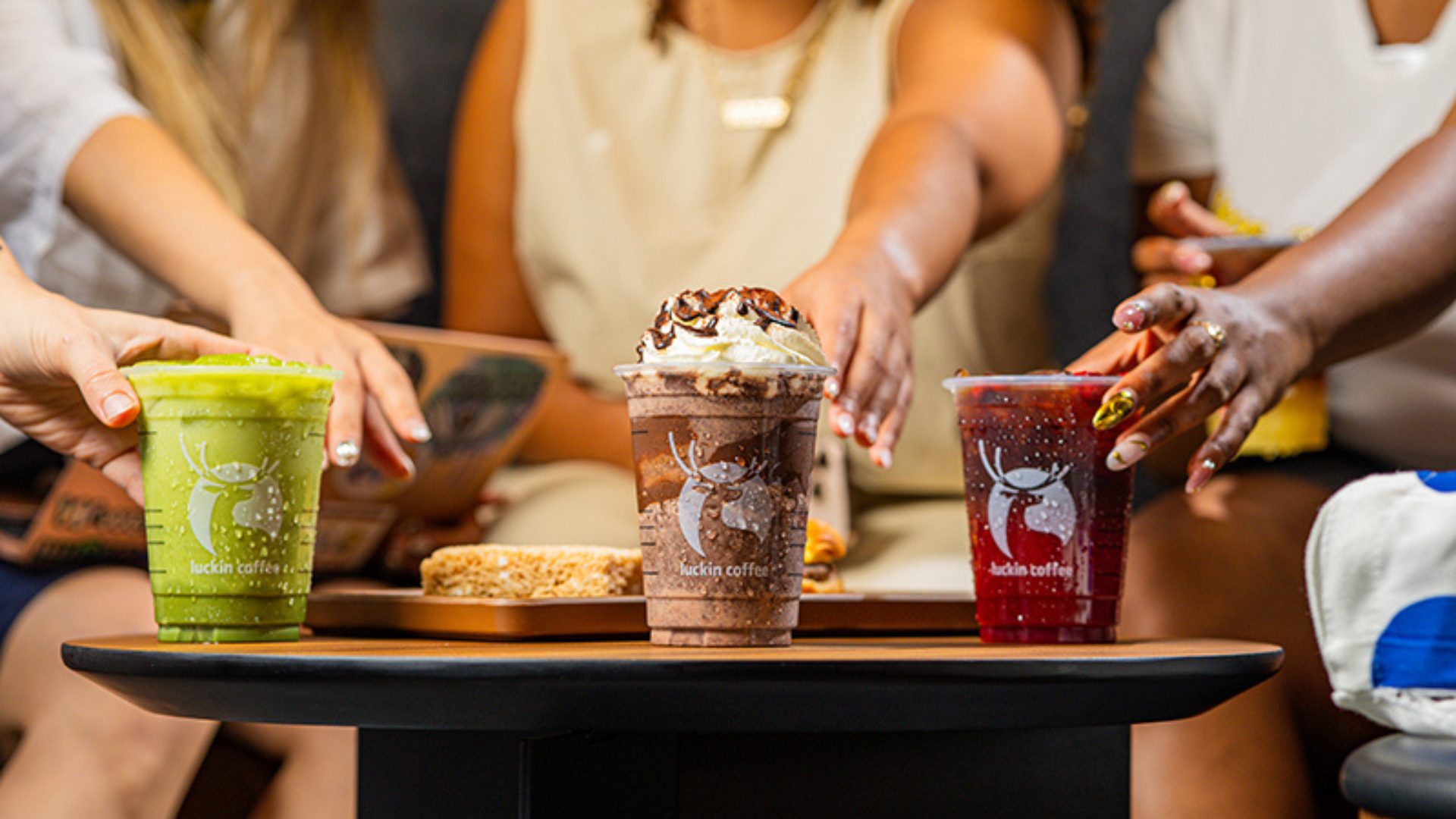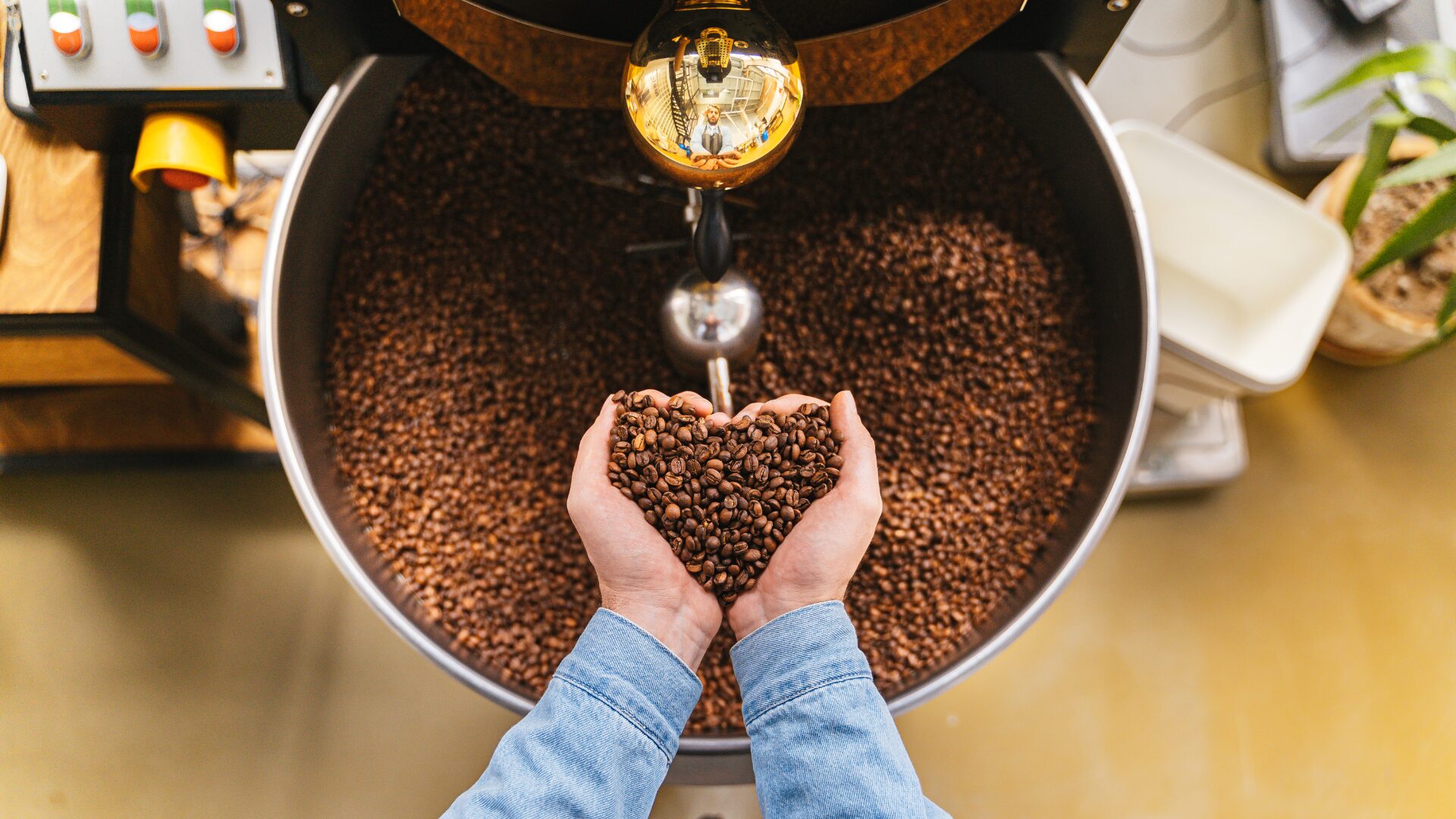Brazilian coffee research organization Instituto Agronomico de Campinas (IAC) has entered a decisive stage in its two-decade project to develop naturally decaffeinated coffee varieties by crossing different plants that have very low caffeine content.
The researchers are starting field trials, planting various clones that have been developed using germplasm banked at their facilities in different regions in Brazil.
“The results we had so far look promising, we are upbeat,” said Julio Cesar Mistro, a researcher overseeing the project told Reuters.
Once the regional planting is complete, researchers must wait until the coffee can be harvested and tested. Coffee trees usually take two to three years to produce the first fruits.
The Commercial Potential of Caffeine-Free Beans
To produce decaf, caffeine is removed from coffee beans through a variety of industrial processes. The most-common methods involve the direct or indirect application of chemical solvents to the beans prior to roasting.
“The cheapest decaffeination process applies methylene chloride to coffee at 170 degrees Fahrenheit. That chemical is used in dry cleaning!” Marko Lazarevic, SCA certified owner of Craft Coffee Spot told The Food Institute. “The best decaf process is the Swiss Water Process, which uses a form of water osmosis to remove caffeine [but it] is still done at over 105 degrees F.”
The decaffeination process removes about 97% of the caffeine from the beans. According to WebMD, the average cup of decaf coffee has about 2 mg of caffeine, compared to 95 mg in a caffeinated cup of joe.
The researchers believe that caffeine-free beans could have significant commercial potential as a niche market in large consuming regions such as Europe and the United States.
Over the last three years, decaf coffee purchases have been on the downward trend in U.S. retail outlets, signaling opportunities for innovation. Inflation has boosted the average unit price for decaffeinated ground and instant coffees by 13.9% year over year, per June 2023 Circana data, while average unit sales for the same two categories dropped 5.8% during the same period.
As Lazarevic notes, one major drawback to decaf coffee is the taste. “Decaf tends to taste worse because of the industrial processes applied to it. Caffeine is part of all coffee, and you need to ‘squeeze’ [it] out.”
Improving Taste and Transparency
According to Britannica, decaffeination is often associated with less flavorful coffee due to the challenges of removing only the caffeine while leaving other flavor chemicals intact. Decaffeinated beans are also notoriously difficult to roast properly.
“Coffee is complex, with over 1,000 molecules —that’s a lot more than wine,” said Lazarevic. “Also, roasting changes coffee’s structure, so pre-processing coffee beans for decaffeination alters those molecules and distorts roasting. The Swiss Water Process does the best job for flavor (and uses natural processes), but it still affects coffee’s flavor.”
By skipping the industrial processes, companies selling naturally decaffeinated coffee could benefit from better quality products while improving transparency among consumers. Methylene chloride, for instance, was recently banned by the EPA and brands that use it for decaffeination are not required to disclose that information on their label, a Clean Label Project representative told The Food Institute.
“Natural decaf coffee beans would benefit consumers since you’d get better-tasting decaf coffee,” Lazarevic concluded. “For producers, there’d be some extra value as most coffee companies make less money on decaf, but to my knowledge, the cost of decaffeination is modest.”












